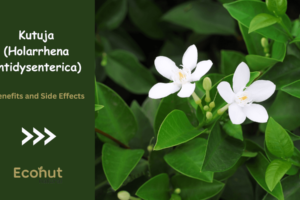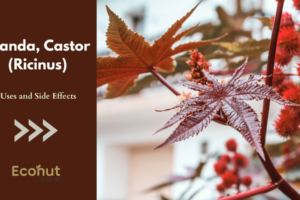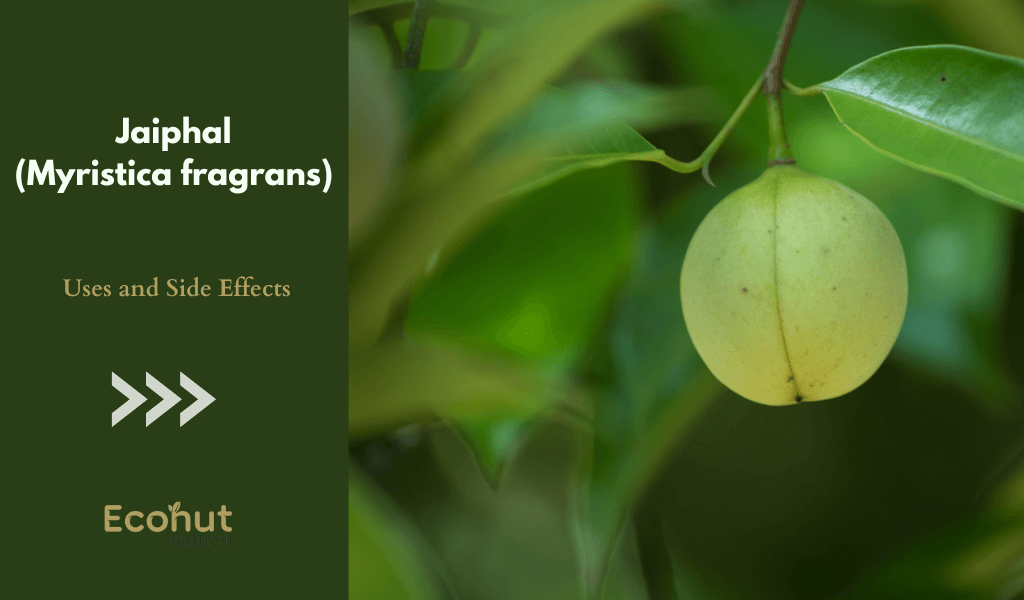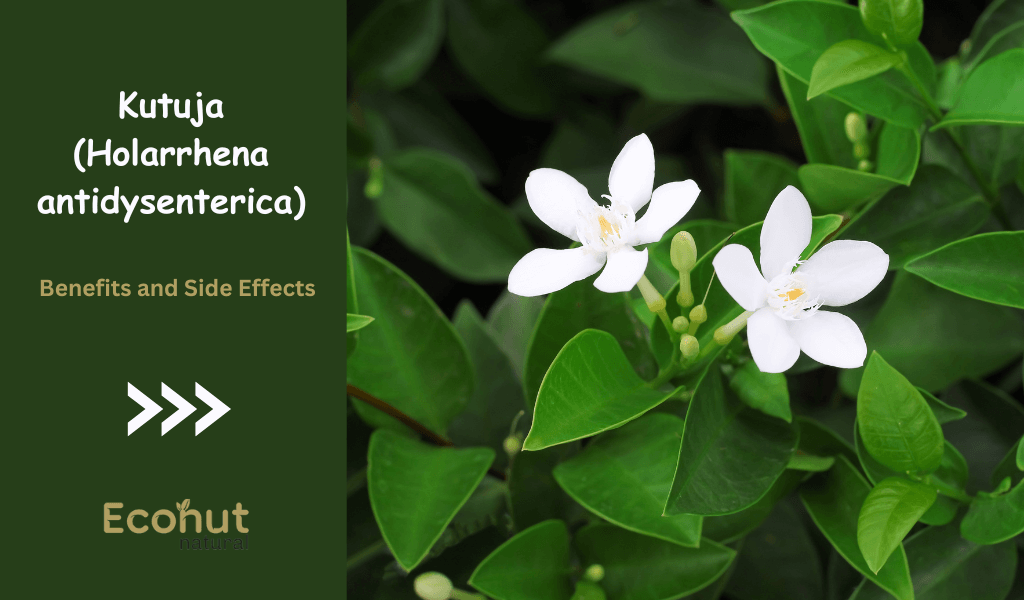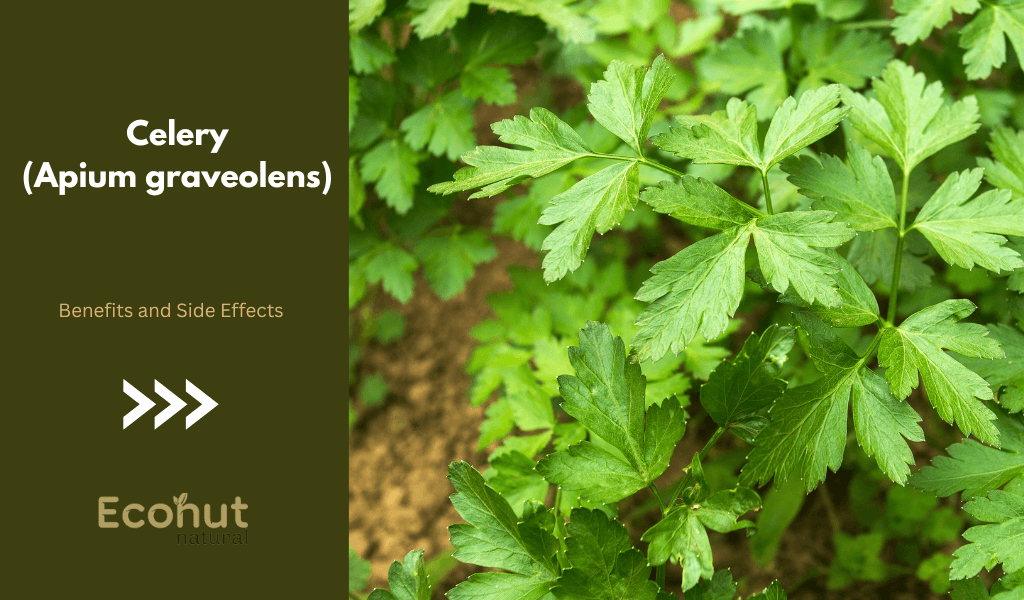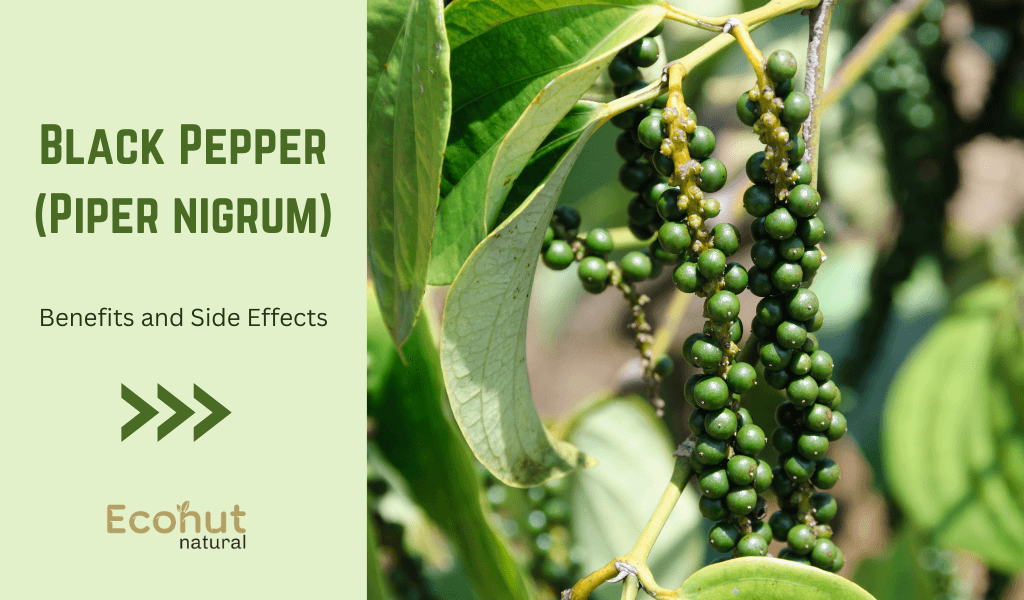Sarpagandha, also known as Rauwolfia serpentina, is a plant native to the Indian subcontinent and Southeast Asia. It has been used traditionally in Ayurvedic medicine for centuries due to its medicinal properties.
The primary active compounds in Sarpagandha are alkaloids, particularly reserpine, which has been extensively studied for its pharmacological effects. Reserpine is known for its antihypertensive (blood pressure-lowering) properties and has been used historically to treat hypertension (high blood pressure). It works by blocking the action of certain neurotransmitters in the brain, leading to a decrease in sympathetic nervous system activity, which helps to reduce blood pressure.
Sarpagandha is an important medicine in traditional medicines. The history of its use (Sarpagandha Medicinal Uses) in India is 3000 years old. Sarpagandha is bitter, pungent, astringent in taste and dry and hot for the stomach. Sarpagandha is a small shiny, evergreen, perennial bushy plant whose roots go deep into the soil. The roots are crooked and about 18-20 inches long. The bark of the root is brown-yellow. The root is odorless and quite pungent and bitter. The color of the bark of the plant is yellow.
Its leaves are clustered, 3-7 inches long, lens shaped and stalked. The leaves are dark green on top and lighter in color below.
Scientific Classification of Sarpagandha (Rauwolfia serpentina)
Order: Gentianales
Family: Apocynaceae
Kingdom: Plantae
Division: Magnoliophyta
Class: Magnoliopsida
Genus: Rauwolfia
Species: Serpentina
Names of Sarpagandha (Rauwolfia serpentina)
English Name: Sepentina root, Indian snakeroot, Rauwolfia root, serpentine root
Hindi Name: Chota chand, Hrakai chand, Nayi, Nakulikand, Nkulkanda, Rasnabhed
Gujarati Name: Amelpodi, Amelpadi, Norbal
Tamil Name: Carpakanta, Covanna Milpadi, Sivan amalpodi, Savannamibori, Covanna milpori, Sarppaganti,Civan amal podi.
Malayalam Name: Amalpori, Chivan amalpodi, Civan amalpadi Chivan Avalpori, Tullunni, Chuvanna avilpori, Chuvanna amalpari
Kannada Name: Sarpagandhi, Chandrika, Sutranabhi, Patala garuda
Bihari Name: Chandmarua, Dhanmarua, Dhanbarua, Dhavalbarua, Sanachando, Isargaj
Telugu Name: Dumparasna, Patala Garuda, Patalagani, Patalagaruda, Patalagandhi, Padagpuchahv
Bengali Name: Chandar, Nakuli, Chotachand, Chandra Nolbel, Gandrasana, Sugandhanakuli
Marathi Name: Adkayi, Adakayi, Chotachand, Harki, Sapasanda
Benefits of Sarpagandha (Rauwolfia serpentina)
Sarpagandha, also known as Rauwolfia serpentina or Indian snakeroot, has been traditionally used in Ayurvedic medicine for various purposes. Its benefits are primarily attributed to the alkaloids present in the plant, particularly reserpine. We are discuss some of important benefets of Sarpagandha (Rauwolfia serpentina).
Antipsychotic Activity:
Reserpine, one of the major alkaloids in Sarpagandha, has been used in the treatment of certain psychiatric disorders, particularly schizophrenia. It helps alleviate symptoms such as agitation, hallucinations, and delusions.
Antihypertensive Properties:
Sarpagandha is perhaps most well-known for its ability to lower blood pressure. This property is primarily due to reserpine, which acts as a centrally acting antihypertensive agent by depleting stores of neurotransmitters such as norepinephrine and serotonin in the brain.
Sedative and Anxiolytic Effects:
Sarpagandha has mild sedative and anxiolytic effects, making it beneficial for individuals experiencing anxiety, stress, or sleep disorders. It can help induce relaxation and promote restful sleep.
For Fever:
Sarpagandha contain some of properties that help in reducing fever. In Science find that sarpagandha exhibits some laxative properties that help in relieving constipation and it may have some effect on digestion. ‘Ama’ in Ayurveda, is a toxin that persists in the body because of improper digestion. Ama may cause fever in the body. Sarpagandha may have certain properties called ‘ushna’ that may help with reducing fever.
Antidiabetic Effects:
Some studies suggest that Sarpagandha may have hypoglycemic effects, which could be beneficial for individuals with diabetes. It may help regulate blood sugar levels, though more research is needed to establish its efficacy and safety for this purpose.
Anti-inflammatory Properties:
Sarpagandha possesses anti-inflammatory properties, which may be useful in managing various inflammatory conditions such as arthritis and inflammatory bowel disease.
Analgesic Effects:
Sarpagandha has been traditionally used to relieve pain, including headaches, menstrual cramps, and muscular pain.
Cardioprotective Effects:
Sarpagandha may offer protective effects against certain cardiovascular conditions due to its ability to lower blood pressure and reduce the risk of heart disease.
Antimicrobial Activity:
Some research suggests that Sarpagandha extracts may exhibit antimicrobial properties, which could help in combating certain infections caused by bacteria, viruses, or fungi.
Other benefits of Sarpagandha (Rauwolfia serpentina)
- Helpful in management of eye diseases
- Roots of this plant may be helpful in conditions related to the central nervous system.
- The leaves of this plant may have some effect on snake bites and wounds.
- The powder or juice obtained from the plant is used by some local tribes to treat asthma.
- The production of sleep-inducing and blood pressure-lowering drugs
- The plant root are helpful in painful bowel disorders.
Properties of Sarpagandha (Rauwolfia serpentina)
Hindi / Sanskrit
- Rasa, Tikta
- Guna, Rooksha
- Virya, Ushna
- Vipaka, Katu
English
- Taste, Bitter
- Physical Property
- Dry
- Potency, Hot
- Metabolic Property (After Digestion), Pungent
Sarpagandha (Rauwolfia serpentina) Side Effects
Sarpagandha, also known as Rauwolfia serpentina, is a plant traditionally used in Ayurvedic medicine for various ailments, particularly for its potential to lower blood pressure. However, like any medication or herbal remedy, it’s essential to be aware of potential side effects. We are discuss some of side effects related with the use of Sarpagandha:
Hypotension:
Sarpagandha is primarily known for its hypotensive (blood pressure lowering) effects. However, excessive lowering of blood pressure can lead to symptoms such as dizziness, lightheadedness, fainting, and weakness.
Sedation:
Sarpagandha has sedative properties and can cause drowsiness or fatigue, particularly when taken in high doses or combined with other sedative medications or alcohol.
Depression and Mental Fatigue:
Some individuals may experience depression, mental fatigue, or slowed cognitive function with the use of Sarpagandha.
Gastrointestinal Issues:
Sarpagandha can sometimes cause digestive issues such as nausea, vomiting, diarrhea, or stomach discomfort.
Dry Mouth:
Dry mouth is another common side effect associated with the use of Sarpagandha.
Sexual Dysfunction:
There have been reports of sexual dysfunction, including decreased libido and erectile dysfunction, associated with the long-term use of Sarpagandha.
Extrapyramidal Symptoms:
In rare cases, Sarpagandha may cause extrapyramidal symptoms such as tremors, muscle stiffness, or involuntary movements.
Endocrine Effects:
Long-term use of Sarpagandha may affect hormone levels, including prolactin, which could lead to issues such as menstrual irregularities or breast enlargement in both men and women.
Drug Interactions:
Sarpagandha may interact with various medications, including antipsychotics, antidepressants, sedatives, and medications for high blood pressure. These interactions can amplify side effects or reduce the effectiveness of other medications.
Allergic Reactions:
Some individuals may experience allergic reactions to Sarpagandha, which can manifest as skin rashes, itching, or swelling.
Conclusion
Sarpagandha, scientifically known as Rauwolfia serpentina, is a potent medicinal plant native to the Indian subcontinent. Its extracts are traditionally used in Ayurvedic medicine for managing hypertension and mental disorders. The plant contains reserpine, a compound known for its antihypertensive and sedative properties. However, its usage should be supervised due to potential side effects like hypotension, drowsiness, and depression. Further research is needed to explore its full therapeutic potential and optimize its safe usage.
Also More: Agastya (Sesbania grandiflora): Uses, Benifits, Dosage and Properties
FAQS
Can Sarpagandha be used for children?
Sarpagandha is not recommended for use in children without medical supervision. Its effects on pediatric populations have not been extensively studied, and the potential risks outweigh the benefits in this case.
How is Sarpagandha used?
Sarpagandha can be used in various forms, including as a dried root powder, in decoctions, or as an extract. It’s commonly used to prepare herbal formulations for managing hypertension, anxiety, insomnia, and certain mental health conditions.
What are the health benefits of Sarpagandha?
Sarpagandha is primarily known for its antihypertensive properties. It contains alkaloids such as reserpine, which helps lower blood pressure by acting on the central nervous system. Additionally, it may have sedative, anti-anxiety, and antipsychotic effects.
How should Sarpagandha be stored?
Sarpagandha products should be stored in a cool, dry place away from direct sunlight. Proper storage helps maintain their potency and prevents degradation.


